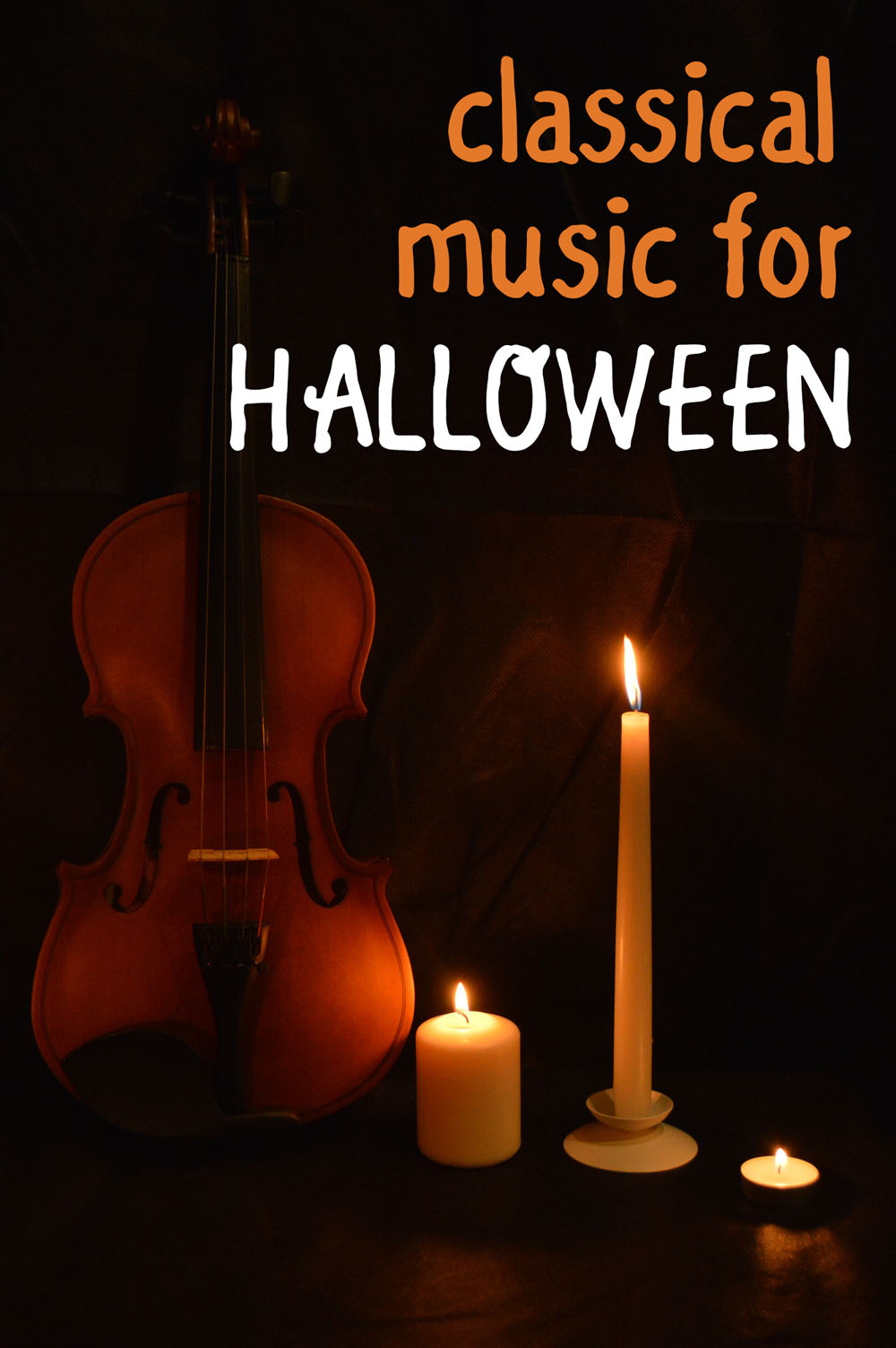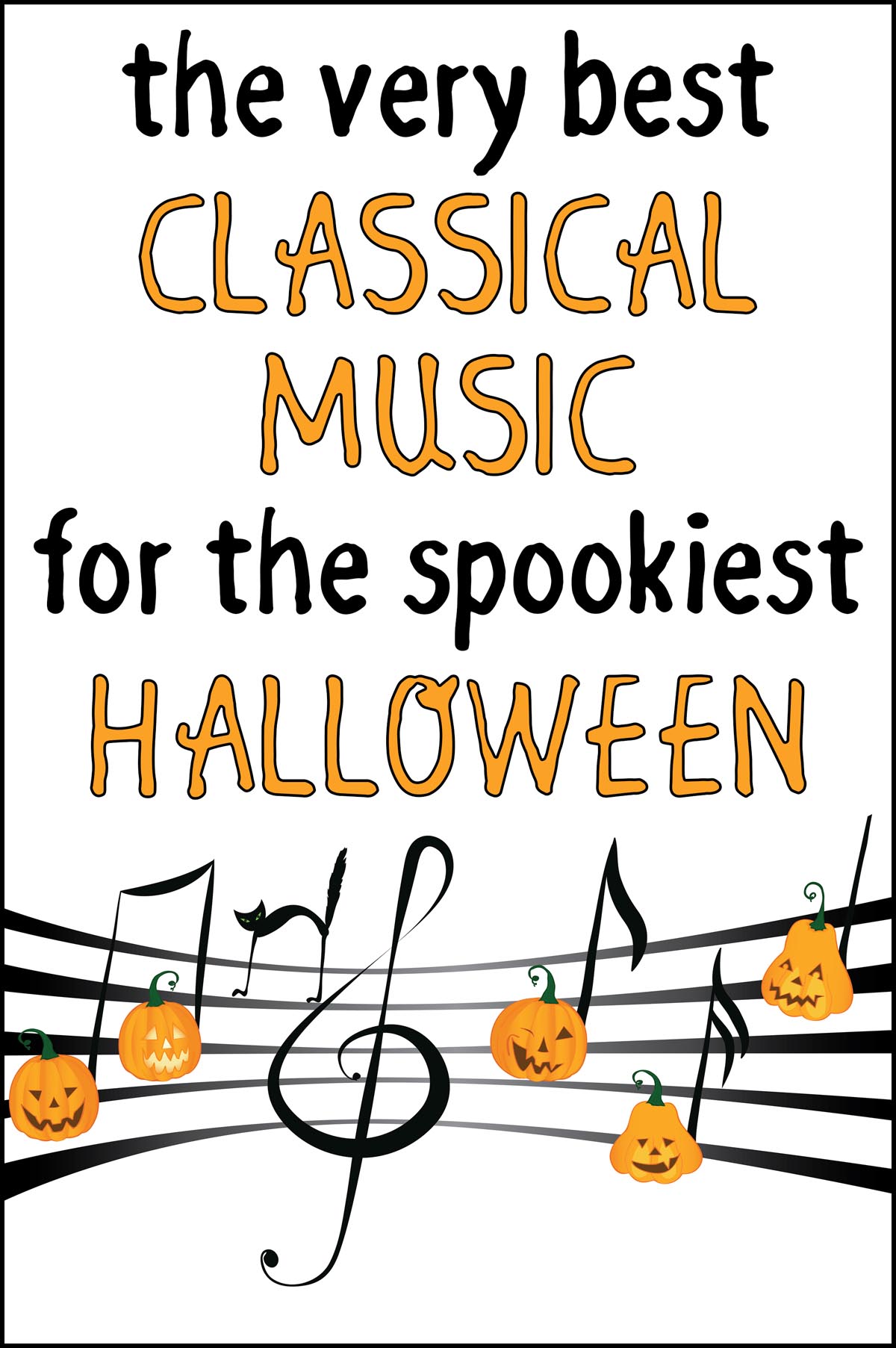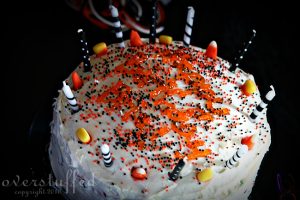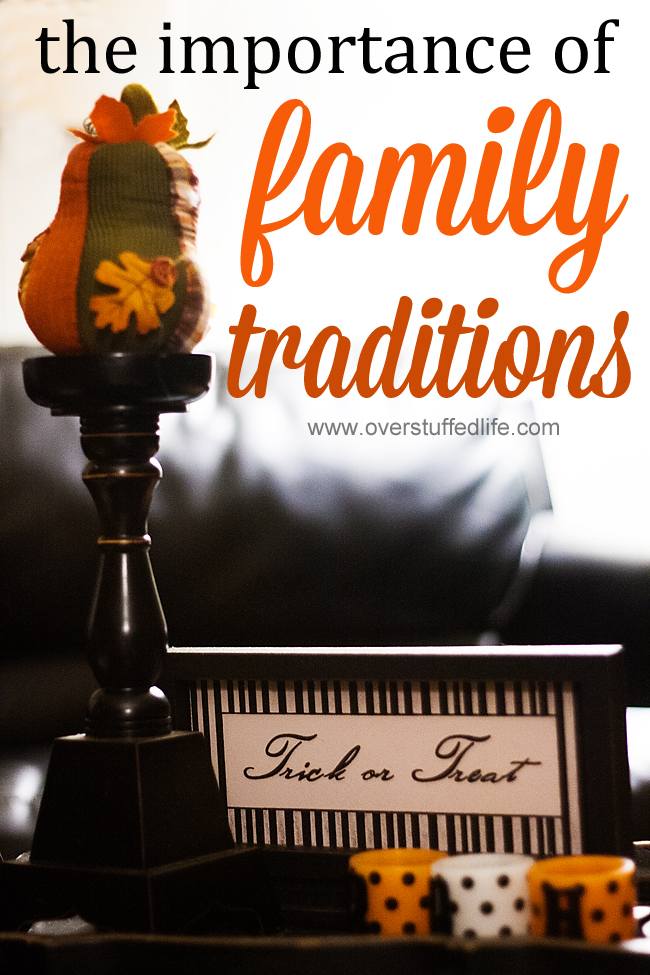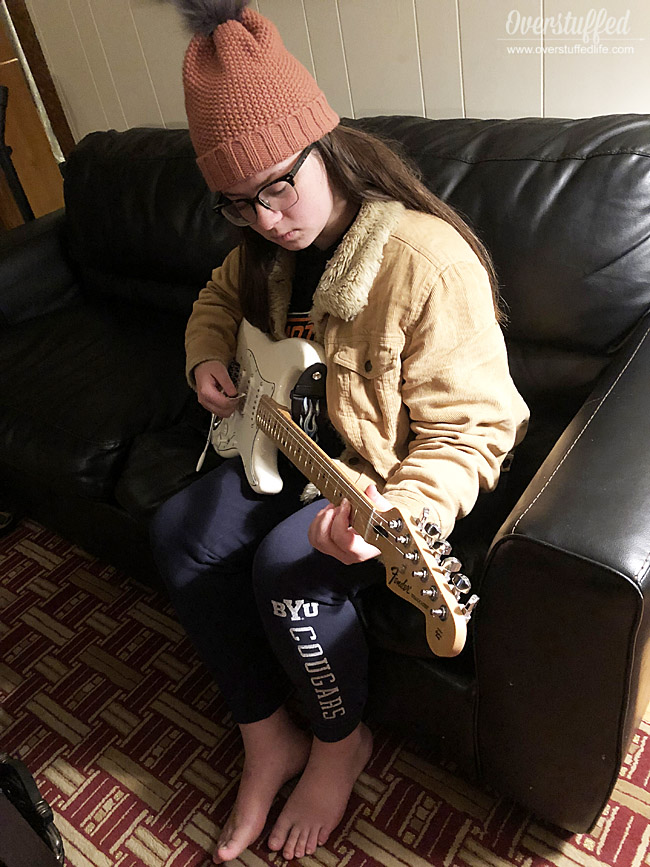25+ Scary Classical Music Favorites for Halloween
Whether you’re looking for scary music to play for your trick or treaters on Halloween night or spooky music to add to your Halloween playlist, this list of scary classical music has you covered!
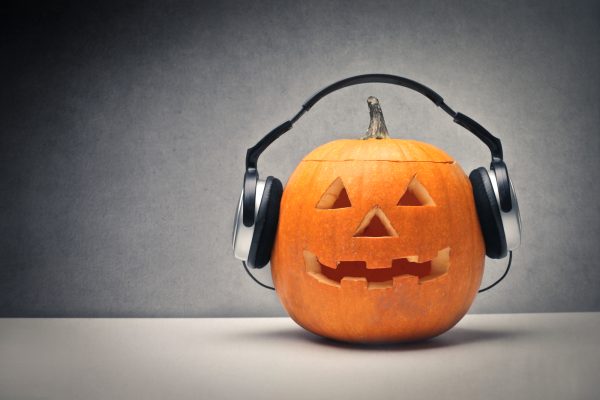
The right music can really set the tone at this time of year. When it comes to creepy Halloween music, everyone’s first thought is always the Phantom of the Opera. It’s kind of a cliche, but who doesn’t love the ominous organ music? But if you want to have more variety on your playlist, my orchestra conductor husband and I have put together a list of the spookiest classical music for your Halloween soundtrack!
The Spooky Music of Hector Berlioz
When it comes to witches and ghosts, Berlioz pretty much wins the prize. Also, if you know us in real life, you already know that my husband is perhaps Berlioz’ biggest fan. He even wrote his doctoral dissertation on Berlioz!
Witches’ Sabbath from Symphonie fantastique by Hector Berlioz
Symphonie fantastique is a piece of program music in which Berlioz tells the story of the unrequited love of an artist. The last two movements depict hallucinations the artist has after taking opium, one of which is Dreams of a Witches’ Sabbath. Here are the program notes written by Berlioz himself describing this movement:
He sees himself at a witches’ sabbath, in the midst of a hideous gathering of shades, sorcerers and monsters of every kind who have come together for his funeral. Strange sounds, groans, outbursts of laughter; distant shouts which seem to be answered by more shouts. The beloved melody appears once more, but has now lost its noble and shy character; it is now no more than a vulgar dance tune, trivial and grotesque: it is she who is coming to the sabbath … Roar of delight at her arrival … She joins the diabolical orgy … The funeral knell tolls, burlesque parody of the Dies irae, the dance of the witches. The dance of the witches combined with the Dies irae.
YouTube: Witches Sabbath from Symphonie fantastique
Amazon Music: Symphonie fantastique
The March to the Scaffold from Symphonie fantastique by Hector Berlioz
The March to the Scaffold is the other opium-induced hallucination the artist in Symphonie fantastique experiences. This time he sees himself being led to execution, here are the program notes from Berlioz:
Convinced that his love is spurned, the artist poisons himself with opium. The dose of narcotic, while too weak to cause his death, plunges him into a heavy sleep accompanied by the strangest of visions. He dreams that he has killed his beloved, that he is condemned, led to the scaffold and is witnessing his own execution. The procession advances to the sound of a march that is sometimes sombre and wild, and sometimes brilliant and solemn, in which a dull sound of heavy footsteps follows without transition the loudest outbursts. At the end of the march, the first four bars of the idée fixe reappear like a final thought of love interrupted by the fatal blow.
YouTube: The March to the Scaffold from Symphonie fantastique
Amazon Music: Symphonie fantastique
Ride to the Abyss from La damnation de Faust by Hector Berlioz
The Damnation of Faust is a dramatic composition written by Berlioz that blurs the lines between opera and symphony. This work, often categorized as a dramatic legend, is based on Johann Wolfgang von Goethe’s “Faust” and tells the tragic tale of Faust’s ill-fated pact with the devil, Mephistopheles. Through its captivating music and vivid orchestration, Berlioz creates a powerful narrative that explores themes of temptation, redemption, and the human condition.
The Ride to the Abyss is a thrilling and ominous segment within the piece, where Faust and Mephistopheles embark on a wild and nightmarish journey into the depths of hell. This intense musical episode captures the chaotic descent of the protagonists and is marked by fiery orchestration and dramatic fervor. The scream from the women in the chorus is definitely Halloween-worthy!
YouTube: Ride to the Abyss from La damnation de Faust
Mephistopheles and the Flickering Flames from La damnation de Faust by Hector Berlioz
Mephistopheles is the character representing the devil, who cunningly leads Faust on a journey of temptation and ultimate damnation. The Flickering Flame is a seductive aria sung by Mephistopheles, where he appears as a flickering flame, alluring Faust with promises of pleasure and power, while concealing the impending darkness of their pact. The mysterious music works well to bring the Halloween spirit.
YouTube: Mephistopheles and the Flickering Flames from La damnation de Faust
Amazon Music:
The Ghost of Hector from Les Troyens by Hector Berlioz
Hector Berlioz’s opera Les Troyens reimagines the tragic tale of the Trojan War from Virgil’s Aeneid. The work delves into the fates of the Trojan people, with a particular focus on the legendary character Aeneas. Berlioz’ masterful composition combines dramatic storytelling, intricate choral and orchestral passages, and evocative arias, making Les Troyens a sweeping epic that explores themes of destiny, love, and the human spirit.
The ghost of Hector appears as a haunting character, reflecting the tragic legacy of the fallen Trojan hero. Through ethereal music and a spectral presence, the ghost of Hector is a scary reminder of the lost glory of Troy and the enduring impact of its downfall on the characters and the opera’s narrative.
YouTube: The Ghost of Hector (1) from Les Troyens
YouTube: The Ghost of Hector (2) from Les Troyens
Choir of Ghosts from Lelio by Hector Berlioz
In Lelio, the choir of ghosts is a haunting ensemble that adds a mysterious and otherworldly dimension to the piece. Through their eerie and ghostly voices, the choir creates a chilling atmosphere, representing the protagonist’s confrontation with his inner demons.
YouTube: Choir of Ghosts from Lelio
Familiar and Spooky Classical Music
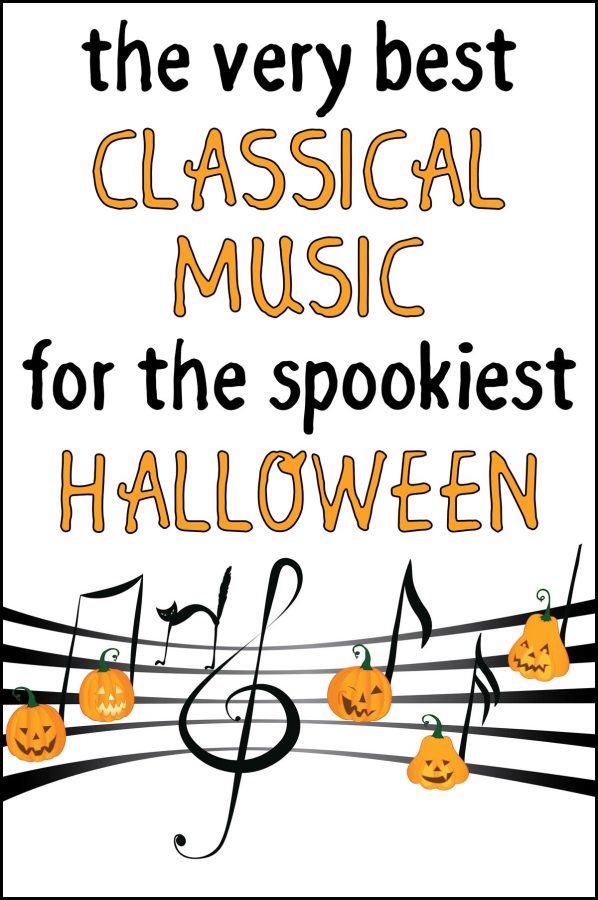
Touch the Spindle from Sleeping Beauty by Pyotr Ilyich Tchaikovsky
In Tchaikovsky’s Sleeping Beauty, Touch the Spindle is a captivating moment in the ballet where Princess Aurora pricks her finger on the spindle of a spinning wheel, leading to her fateful slumber. This hauntingly beautiful piece of music accompanies the dramatic climax, conveying the enchantment and impending curse that befalls the beloved princess. Disney famously used music from the ballet in their animated version of the story, so you will probably recognize the spooky music.
YouTube: Touch the Spindle from Sleeping Beauty
Night on Bald Mountain by Modest Mussorgsky
Mussorgsky’s Night on Bald Mountain is a dramatic tone poem that vividly portrays a nightmarish Sabbath gathering of witches and supernatural beings atop a desolate, bare mountain. The composition is known for its intense, chaotic, and eerie musical imagery. It captures a terrifying and surreal atmosphere of the supernatural gathering, making it a perfect spooky tune for Halloween festivities.
YouTube: Night on Bald Mountain
In the Hall of the Mountain King from Peer Gynt by Edvard Grieg
In the Hall of the Mountain King portrays the misadventures of Peer Gynt as he sneaks through the realm of trolls and goblins. The music’s frantic tempo and repetitive, building melody create a sense of mounting tension and mischief, making it one of the most recognizable and exhilarating pieces in classical music and perfect for a night of tricks and treats.
YouTube: In the Hall of the Mountain King from Peer Gynt
The Sorcerer’s Apprentice by Paul Dukas
The Sorcerer’s Apprentice is a lively and whimsical symphonic poem famously featured in Disney’s Fantasia. It tells the story of a mischievous apprentice who, after being left unsupervised, tries to use magic to ease his workload, but things quickly spiral out of control, leading to an enchanting and comical musical adventure.
YouTube: Sorcerer’s Apprentice
Toccata and Fugue in D Minor by Johann Sebastian Bach
Bach’s Toccata and Fugue in D minor is one of the most famous organ pieces ever. It has become kind of a cliché for scary music, and is probably the first classical work people think of when looking for an ominous piece to play at Halloween.
YouTube: Toccata and Fugue in D Minor
Also Sprach Zarathustra by Richard Strauss
Also sprach Zarathustra is a monumental tone poem that opens with a powerful sunrise fanfare, famously used in Stanley Kubrick’s film “2001: A Space Odyssey.” This composition, inspired by Friedrich Nietzsche’s philosophical work, explores the journey of the human spirit from darkness to enlightenment. You may also remember it from Sesame Street’s introduction of the letter E!
YouTube: Also Sprach Zarathustra
O Fortuna from Carmina Burana by Carl Orff
O Fortuna is a highly dramatic and iconic choral piece from Carl Orff’s Carmina Burana. It is characterized by its thunderous, driving rhythms and passionate vocals, capturing the cyclical nature of fortune and fate, and is often used in popular culture to evoke a sense of doom. You have probably heard it in horror films, commercials, and various other places.
YouTube: O Fortuna from Carmina Burana
Scary Classical Music You Might Not Know
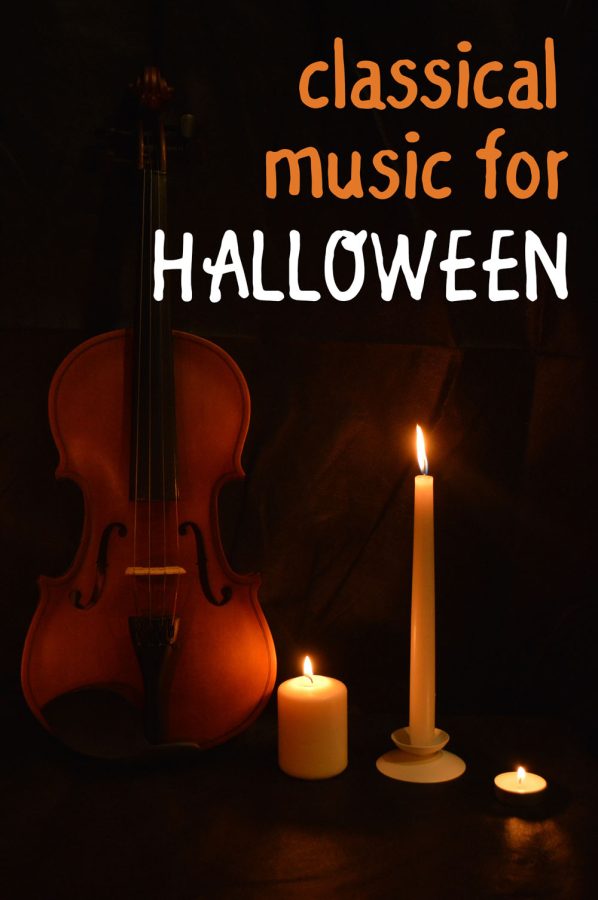
The Appearance of the Witch from Noon Witch by Antonin Dvořák
In Dvorak’s The Noon Witch, the appearance of the witch is a chilling moment in the symphonic poem. As the witch materializes, the music becomes dark and foreboding, conveying a growing sense of dread and danger while she casts her sinister spell. This piece of music is extremely evocative. I will never forget how my daughter cried from fear while in the audience of my husband’s orchestra performing it!
YouTube: The Appearance of the Witch from Noon Witch
Threnody for the Victims of Hiroshima by Krzysztof Penderecki
Threnody for the Victims of Hiroshima is an avant-garde composition for string orchestra that uses extended string techniques to create a dissonant and intense musical experience. With its unsettling, raw sound, the piece serves as an evocative musical representation of the horrors of nuclear warfare and the suffering of those affected by the Hiroshima bombing.
YouTube: Threnody for the Victims of Hiroshima
Music for Strings Percussion and Celesta: 3rd movement by Béla Bartók
The third movement of Music for Strings, Percussion, and Celesta is a mesmerizing piece of music. Through the use of contrasting textures and intricate rhythmic patterns, Bartók creates a sense of mystery and tension as the piece unfolds.
YouTube: Music for Strings Percussion and Celesta: 3rd mvmt
Danse Macabre by Camille Saint-Saëns
Danse Macabre is an orchestral tone poem that vividly depicts a spooky midnight scene where skeletons rise from their graves to dance to the tune of Death himself, represented by a solo violin. The piece is characterized by its playful yet eerie melodies, making its dance of death ideal for Halloween.
YouTube: Danse Macabre
Will O’ the Wisps from Transcendental Etudes by Franz Liszt
Franz Liszt’s Will-o’-the-Wisps is a delightful piano piece that paints a musical picture of the mysterious flickering lights that often lead travelers astray in folklore. It captures the enchanting allure and capricious nature of these supernatural phenomena and evokes visions of Trick-or-Treaters on Halloween night.
YouTube: Will O’ the Wisps from Transcendental Etudes
Die Erlkönig by Franz Schurbert
Die Erlkönig is an incredibly dramatic lied (German song) that tells the tragic tale of a father and his dying child’s terrifying encounter with the malevolent Elf King, a supernatural being. Through its contrasting vocal lines and intense piano accompaniment, Schubert masterfully conveys suspense, fear, and ultimate tragedy.
YouTube: Die Erlkönig
The Water Goblin by Antonín Dvořák
The Water Goblin is a musical tone poem that vividly portrays the eerie and mystical world of Slavic folklore, specifically focusing on the malevolent Water Goblin who lures and traps a young bride beneath the waters. The composition captures the otherworldly and sinister atmosphere of the story, making it a compelling piece of classical music for Halloween!
YouTube: The Water Goblin
The Beheading from Pierrot Lunaire by Arnold Shoenberg
The Beheading of Pierrot is a dissonant and emotionally charged piece that ends in the murder of the central character, Pierrot. Schoenberg’s innovative use of Sprechstimme, a vocal technique between speaking and singing, conveys the harrowing and surreal nature of the scene, creating a sense of unease and impending doom.
If you’re looking for scary music, most of Pierrot Lunaire sounds spooky and ghostly because of the use of Sprechstimme. Give the whole thing a listen!
YouTube: The Beheading from Pierrot Lunaire
Night of the Electric Insects from Black Angels by George Crumb
The Night of the Electric Insects for solo electric violin conjures a surreal and atmospheric sonic landscape. Through the use of extended techniques and innovative sound effects, Crumb creates an eerie musical experience, reflecting the mysterious world of nocturnal insects and their otherworldly sounds.
YouTube: Night of the Electric Insects from Black Angels
Gesang der Jünglinge by Karlheinz Stockhausen
Gesang der Jünglinge is an electronic composition that combines the human voice and electronic sounds. This experimental approach to music creates a unique sound that works well for Halloween.
YouTube: Gesang der Junglinge
Faust Symphony by Franz Liszt
Faust Symphony is a bold orchestral work that weaves together themes from Johann Wolfgang von Goethe’s Faust into a symphonic narrative. It comprises three movements, each representing a character or aspect of the Faust story. Because of the nature of the story of Faust, the symphony sounds like it should be played on Halloween.
YouTube: Faust Symphony
Magic Fire Music from The Ring Cycle by Richard Wagner
The Magic Fire Music is a powerful and triumphant orchestral piece from Richard Wagner’s opera cycle Der Ring des Nibelungen. It serves as the musical conclusion to the cycle, symbolizing the destruction of Valhalla and the end of the gods’ reign.
YouTube: Magic Fire Music from The Ring Cycle
Dies Irae Plainchant (anonymous Gregorian Chant)
The Dies Irae is a haunting and ancient plainchant sequence from the Roman Catholic Requiem Mass, traditionally sung during the Mass for the Dead. Its somber and evocative melody has been a prominent feature of requiem settings in classical music, capturing the solemnity and contemplation of the Day of Judgment and the souls of the departed.
YouTube: Dies irae plainchant
Overture to Don Giovanni by Wolfgang Amadeus Mozart
The overture to Mozart’s opera Don Giovanni is a dramatic and exhilarating composition that sets the stage for the opera’s complex and morally ambiguous storyline. Its fast-paced, dynamic themes capture the essence of the title character, the infamous Don Giovanni. Giovanni is ultimately cast down to Hell for his misdeeds.
YouTube: Overture to Don Giovanni
BONUS (this isn’t classical music, but it’s the most dissonant song my husband covers in his Music Appreciation class and he said it has to be included for Halloween):
Vorkuta by Gulaggh (Gulaggh is a metal band – Vorkuta is a compilation of actual mental hospital patients wailing and screaming)

